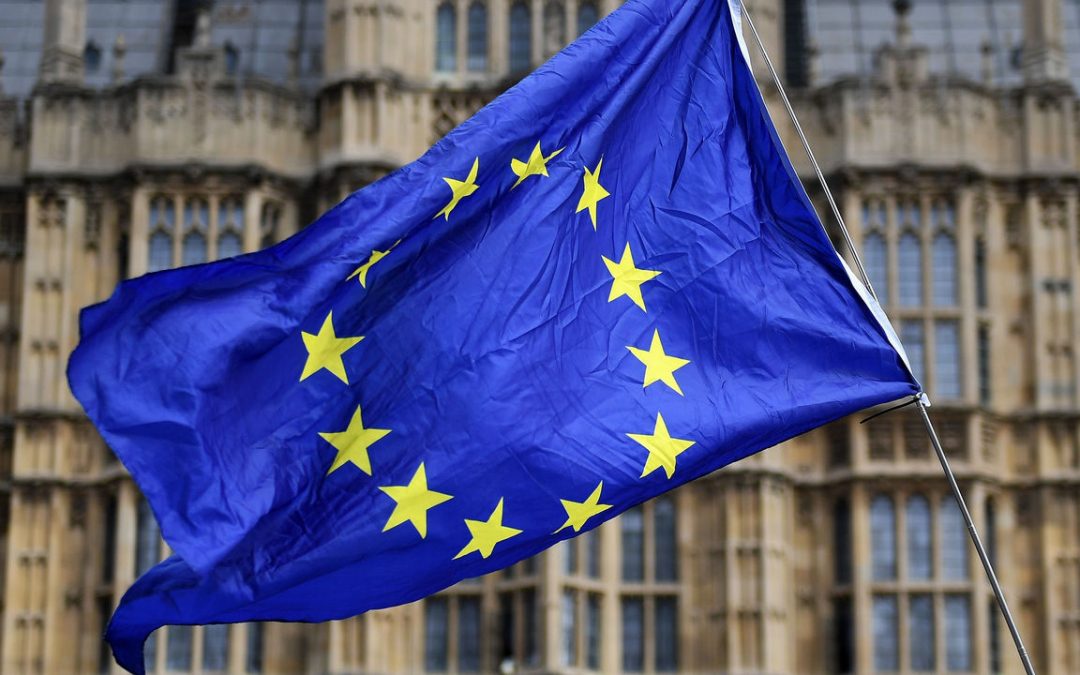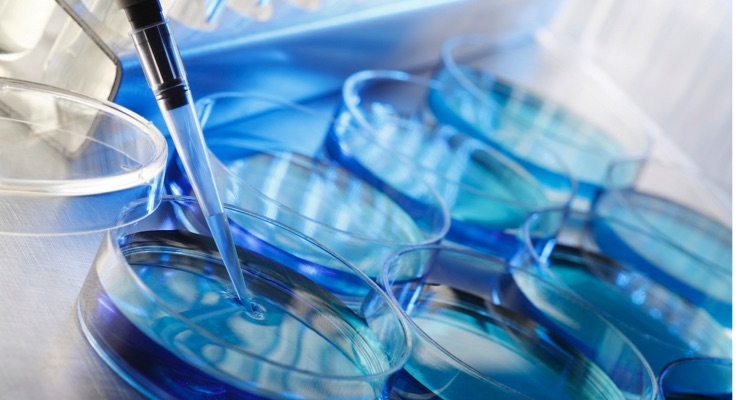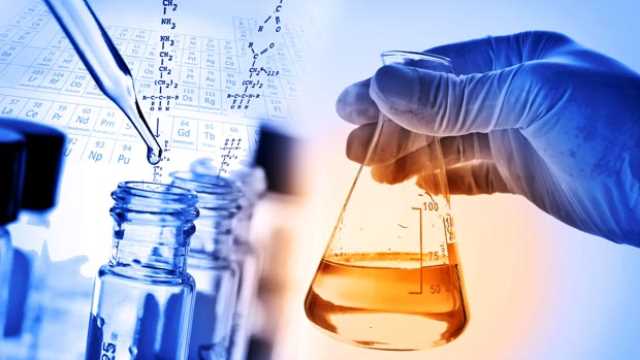The European Medicines Agency (EMA) has published guidelines dedicated to the quality documentation to be provided for medicinal products intended for use with medical devices. The present article addresses matters related to medicinal products with co-packaged or referenced devices.

Table of Contents
According to the document, if medicine and a medical device are supplied together in the same package, or documentation for a medicine (including but not limited to the instructions for use) contains references to a particular medical device, the information about the device should also be submitted when applying for marketing authorization for the medicine.
The scope of information to be provided with regard to the medical device depends on its design, intended use, and the extent to which it can impact the safety and effectiveness of medicine associated thereto. The EMA additionally emphasizes that the regulatory requirements for medical devices supplied together with a medicine (co-packaged) and those referred to in the information accompanying a medicine are different.
Medicinal Products with Co-packaged Devices
First, the agency provides additional clarifications regarding the regulatory framework for medicinal products with co-packaged medical devices. In such a case, the packaging contains both a medicinal product and a medical device intended to be used solely in connection with the particular medicine (e.g., for its application or administration). According to guidance, the information to be provided by the interested party should not include administrative information about the medical device the product in question contains. In particular, it is stated that the SmPC labeling and package leaflet should not include details of the device manufacturer/authorized representative, CE mark (incl. NB number), device symbols, UDI or references to device market surveillance reporting. At the same time, all the details reasonably necessary to ensure the use of a product in a safe and efficient way should be provided in the special section of the leaflet. Moreover, as long as the medicine manufacturer is the only manufacturer whose name and contact details appear on the label, it should also be responsible for the medical device the product contains and its traceability in particular. Additionally, the agency states that the medical device supplied together with medicine should also comply with any and all applicable requirements set forth under the Medical Devices Regulation 2017/745 (MDR).
The information about the medicinal product supplied together (co-packaged) with a medical device shall cover the following aspects:
- Description and Composition – general information about the medical intended to administer the medicinal product which is supplied together;
- Pharmaceutical Development – the details about the way the medical device is connected to the medicinal product in terms of safety and effectiveness, including the information about risk assessment and benefit/risk determination;
- Container Closure System – this section should provide brief information about the medical device, including its name and/or base-UDI, as well as the applicable specifications (according to the document, where the co-packaged medical device becomes part of the container closure system prior to administration or application the device should prevent microbial ingress and maintain the sterility of the medicinal product throughout its use);
- Stability – the manufacturer shall submit the in-use stability data (if applicable) in order to describe the way the device in question impacts the safety and performance of the medicines intended to be used with it, the authority also mentions that the general shelf life of a co-packaged product should be based on the shelf life of a product (medicine or medical device) with the shortest shelf life.
The EMA states an interested party may also submit an EU certificate or EU Declaration of Conformity in order to demonstrate compliance with the applicable regulatory requirements. Should the device in question be used in a particular way for the first time, an applicant should also provide information about the appropriate studies carried out in order to evaluate the actual performance of the device with regard to the patient population and use environment. In this regard, an applicant may also refer to the clinical data available for similar medical devices already placed on the market. At the same time, should the information available for such devices be insufficient, a separate clinical study would be required. The agency also encourages interested parties to comply with the applicable EU harmonized standards.

Medicinal Products with Referenced Devices
Another section of the EMA guidance is dedicated to cases when the information materials accompanying the medicinal product (e.g., leaflets or instructions for use) contain references to a particular medical device to be used with it. If such a device could impact the safety and performance of the medicine in general, an interested party applying for marketing approval for a medicinal product would have to provide additional information about the medical device as well, including the appropriate evidence. According to the guidance, the product information should be sufficiently detailed to ensure correct use of the medicinal product with the referenced device. The scope of product information to be provided by an interested party with regard to the way both products should be used together in a safe and efficient manner is similar to that required for co-packaged products. As with co-packaged products, an applicant would also have to provide data on compatibility, design accuracy, functionality, handling, manipulation, etc., together with in-use stability data (under the general rule, the information on usability studies should be provided as well, expected in cases when the appropriate justification is provided in another way).
Lifecycle Management
The party responsible for the product consisting of medicine and the medical device should be fully aware of any changes to any of the products introduced by the respective manufacturers. Should such changes be significant enough, additional information would be required. In this case, information about changes should be submitted to the regulating authority in accordance with the applicable regulatory requirements. Under the general rule, the scope of information to be submitted, as well as the particular procedure to be applied, would depend on the significance of changes made and the impact they could potentially cause on the safety and effectiveness of the overall product in general. In certain cases, additional validation (including via the clinical studies) could be required.
In summary, the present EMA guidance highlights the most important aspects related to the information to be submitted by a responsible party with regard to the medical device co-packaged with a medicinal product or referred to in the documentation accompanying it. The document outlines the scope of information to be submitted to the authority in order to demonstrate the overall safety and performance of the product in question.
Sources:
How Can RegDesk Help?
RegDesk is a next-generation web-based software for medical device and IVD companies. Our cutting-edge platform uses machine learning to provide regulatory intelligence, application preparation, submission, and approvals management globally. Our clients also have access to our network of over 4000 compliance experts worldwide to obtain verification on critical questions. Applications that normally take 6 months to prepare can now be prepared within 6 days using RegDesk Dash(TM). Global expansion has never been this simple.


